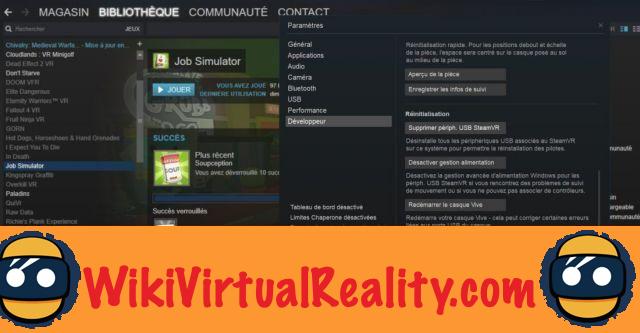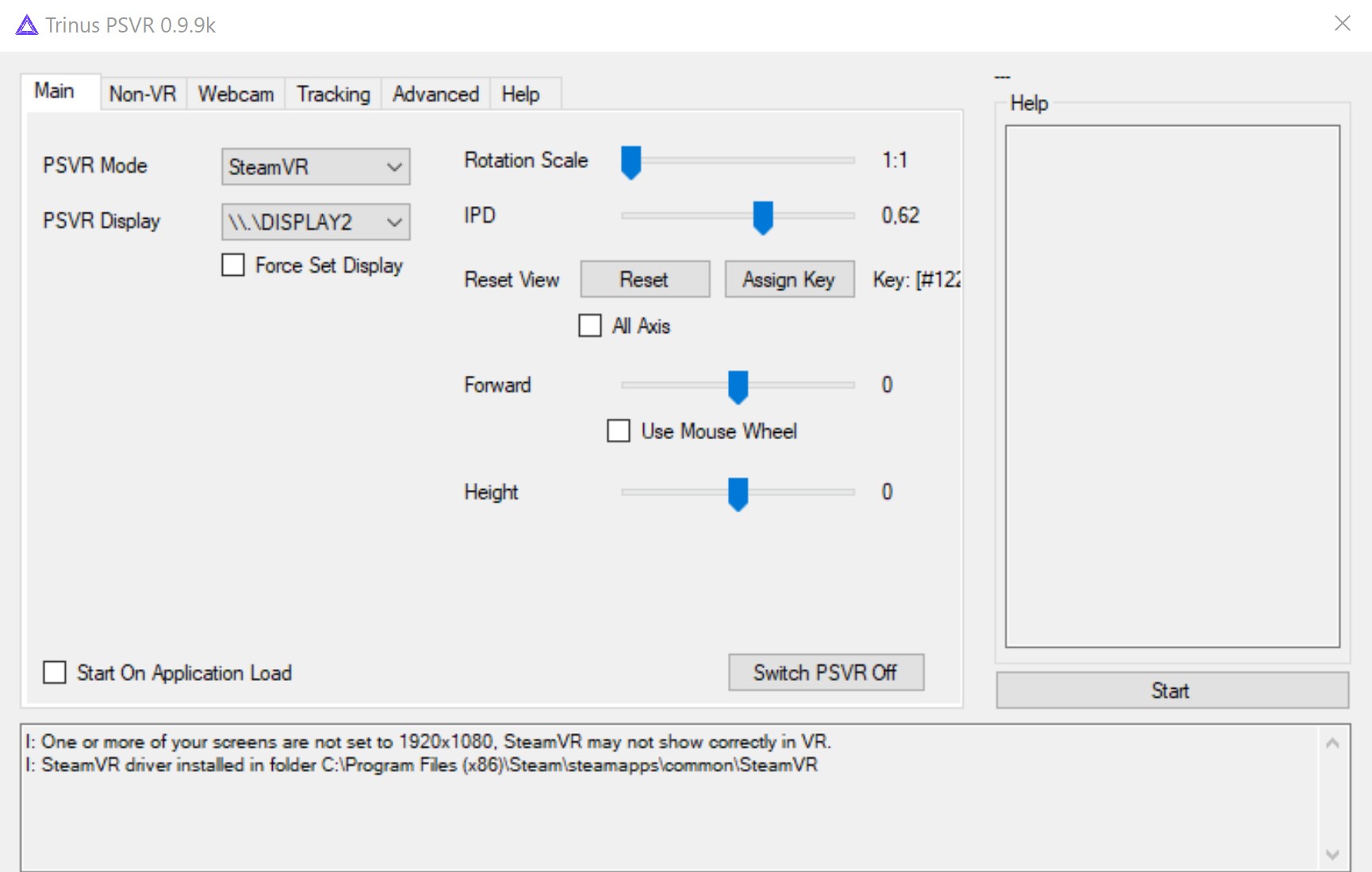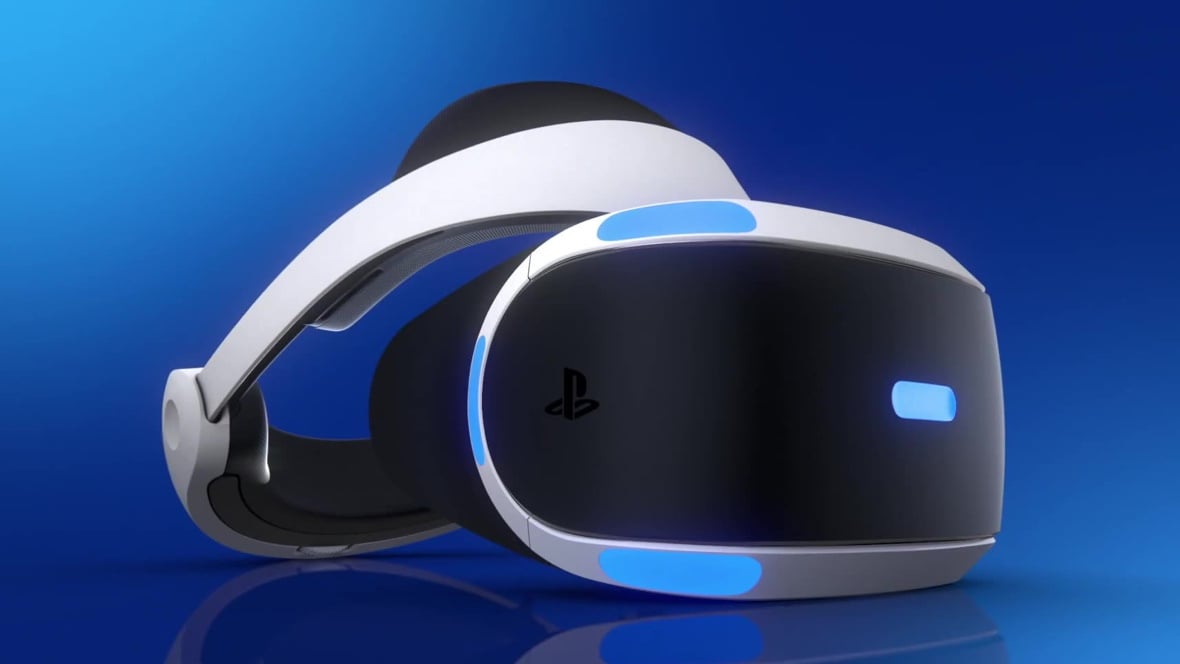
Sony spent its time engineering the hardware to work well with the PlayStation 4 console and, as far as we know, the company doesn’t have plans to support the HMD on PC, but when has the lack of official support stopped the enthusiast-slash-hacker community from doing something? Never! That’s when.

Sometimes it requires a quick reset of everything for adjustments or fixes to actually rectify the problem.The PSVR connects to the PlayStation 4 console via USB and HDMI, which means there’s no reason why the hardware couldn’t work on a PC. If the problem persists, check they’re completely plugged into the in-line remote on the PSVR headset’s cable, and if you still have no luck try a quick off and on. It may seem like a stupid thing to point out but this is often the cause for people finding that the sound doesn’t quite sync up with their head movements. If, however, you’re using the ones right out of the box and still having issues, you’ll want to make sure that you’ve got the earpieces in the right way. If you’re finding that the 3D sound just simply isn’t working it may be that your earpieces aren’t compatible with 3D sound. However, some players have reported that the 3D audio isn’t working, or just doesn’t seem to be corresponding with their head movements.

PSVR not only provides an immersive experience for your eyes, but the 3D audio capabilities can help provide an additional level of immersion through sound. Sony advises you keep your controllers charged up as much as possible to enjoy an optimal experience. The lower the battery, the worse the experience becomes.

Alternatively, try charging the batteries of your Move controllers. It’ll use more battery but should resolve any issues. If the problem continues, try turning up the brightness of the light bar on the back of your controller. Depending on how you hold it, this can obstruct the light bar and make it difficult for your camera to read. However, if you’re charging your DualShock 4 as you play, you may want to make sure that the charge cable isn’t in the way of the light bar. Move any reflective surfaces out of the view of the camera and ensure that any bright lights are turned off. In order to resolve this, you’ll want to take the same precautions that you do for the headset tracking. While players have had fewer issues with tracking issues when using their controllers as opposed to the headset itself, they are still present. Much like the PSVR headset itself, your DualShock 4 or Move controllers are both read by your camera thanks to the handy glowing lights that they emit. If you continuing to have a problem then you may want to head into the settings to recalibrate your PSVR. The darker your surroundings, the better. This can obscure the prominence of the tracking lights making them harder to be read by the PlayStation Camera. If the problem persists, be sure to check there are no direct lights shining onto your PSVR headset itself. Be sure to turn these off or move them away to avoid any interference. This is also the case with any LEDs or bright lights in your room.

These can interfere with the tracking of the lights on your headset and throw things off. In order to sort this out, you’ll want to make sure that your Camera is placed on a dull surface and that there are no shiny or reflective surfaces in its viewpoint. This can be down to a number of different reasons, mainly other light sources or reflective surfaces messing with the camera. For one reason or another, players are finding that head tracking is coming through a little bit jerky and as a result are having a less-than-ideal experience when using the new piece of tech. One of the main issues that seems to have been plaguing players experiences with their PSVR headsets is an issue with the head tracking.


 0 kommentar(er)
0 kommentar(er)
